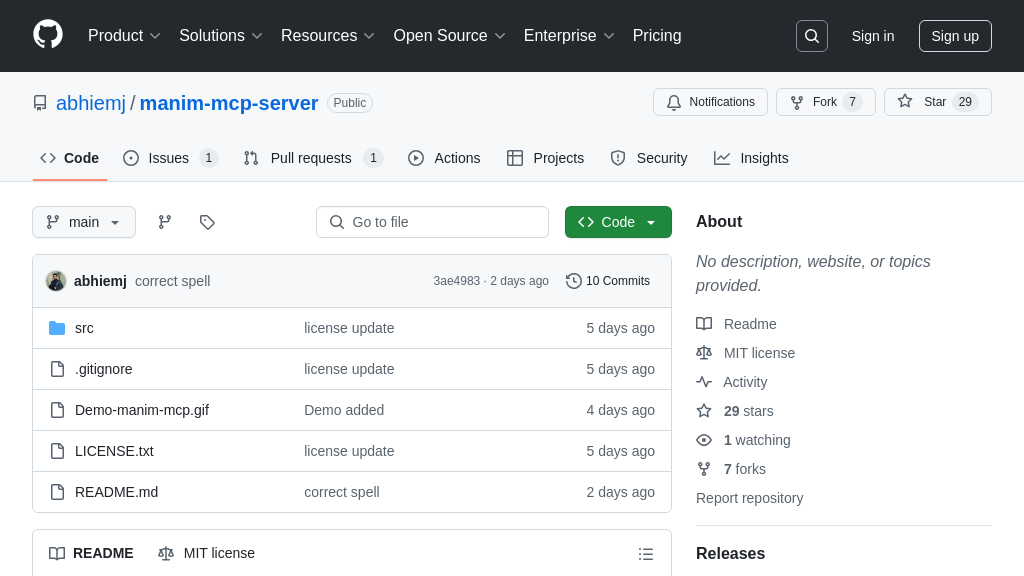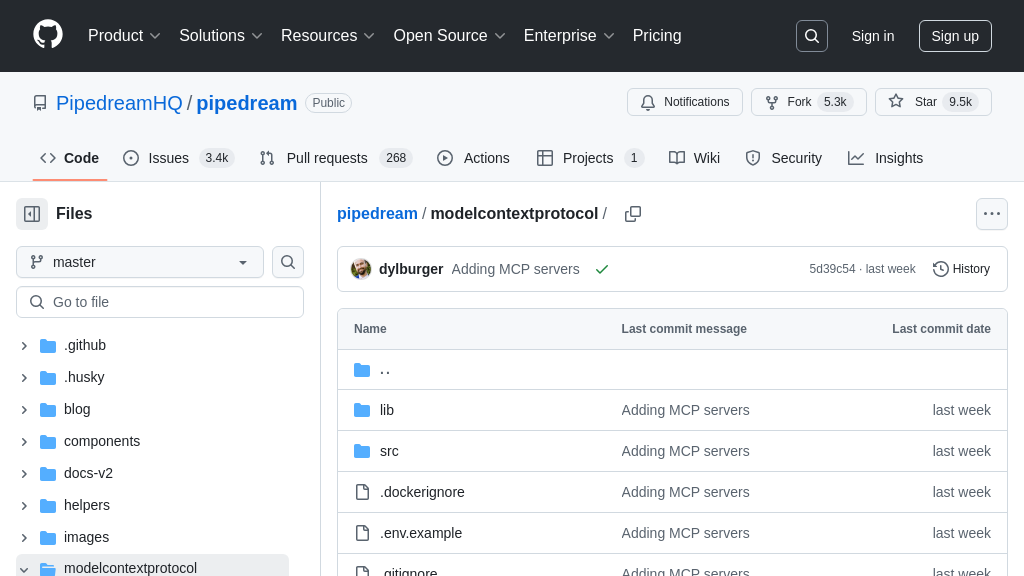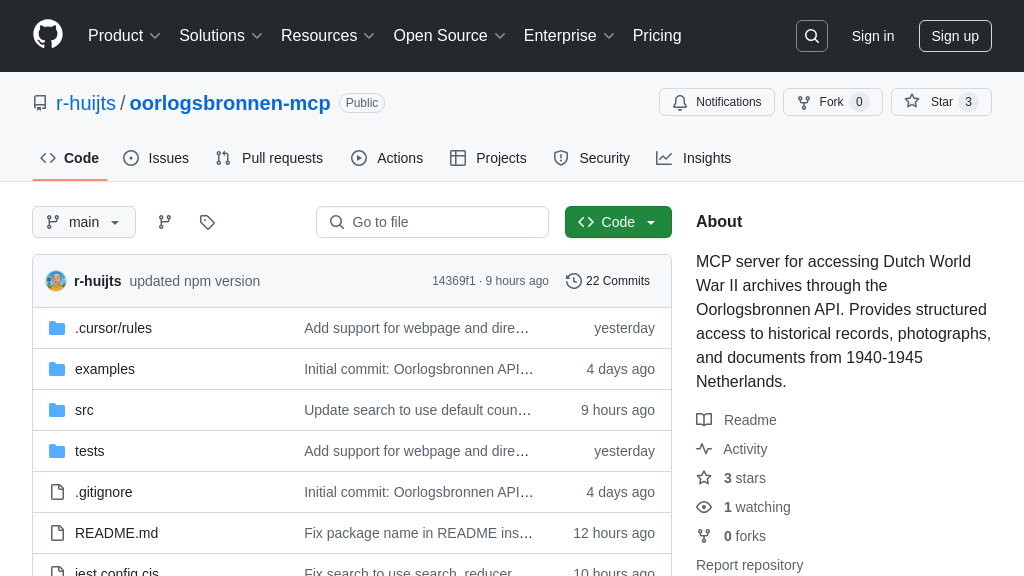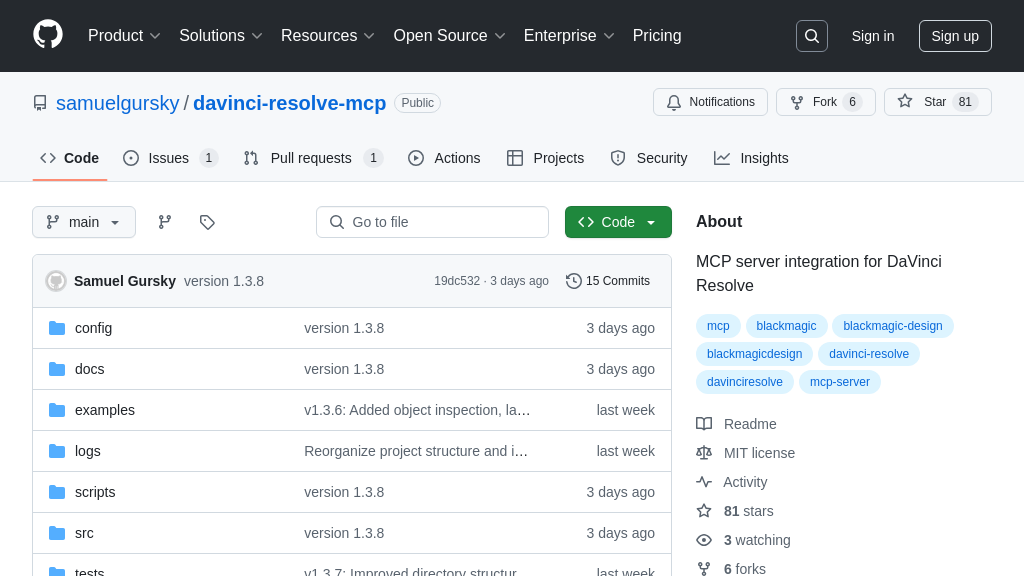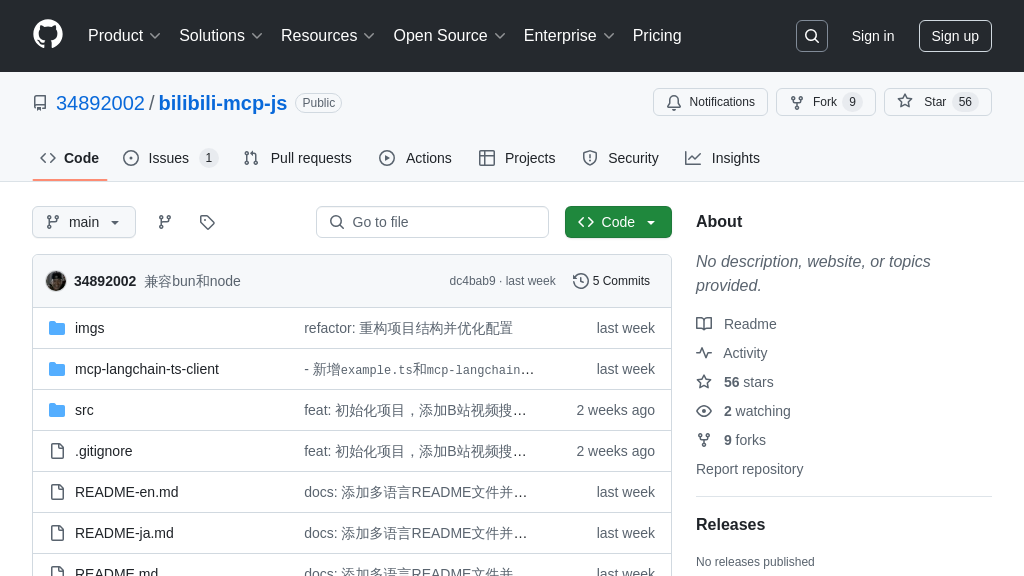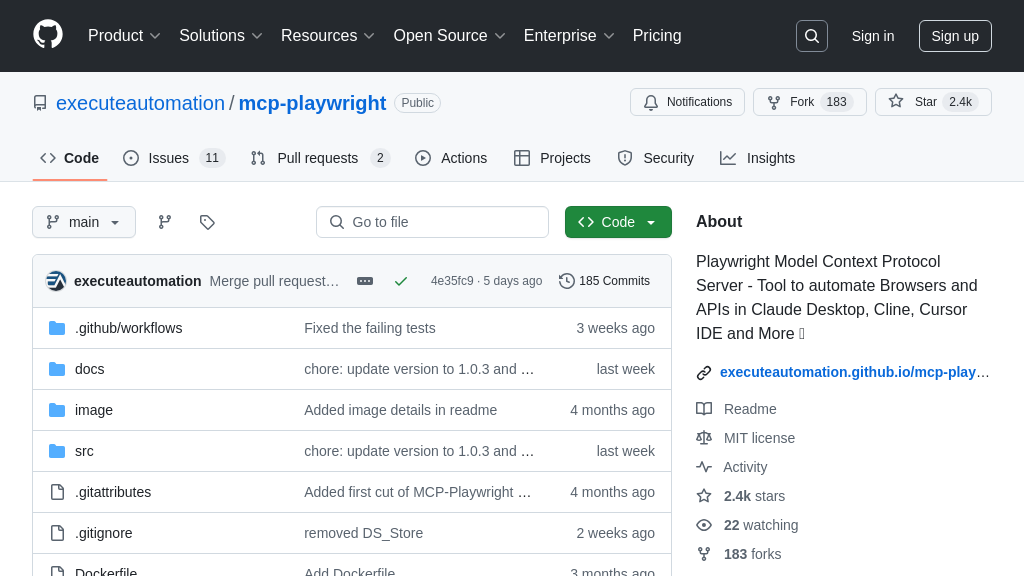mcp-framework
Simplify MCP server development with mcp-framework! TypeScript framework with automated tooling and multi-transport support.
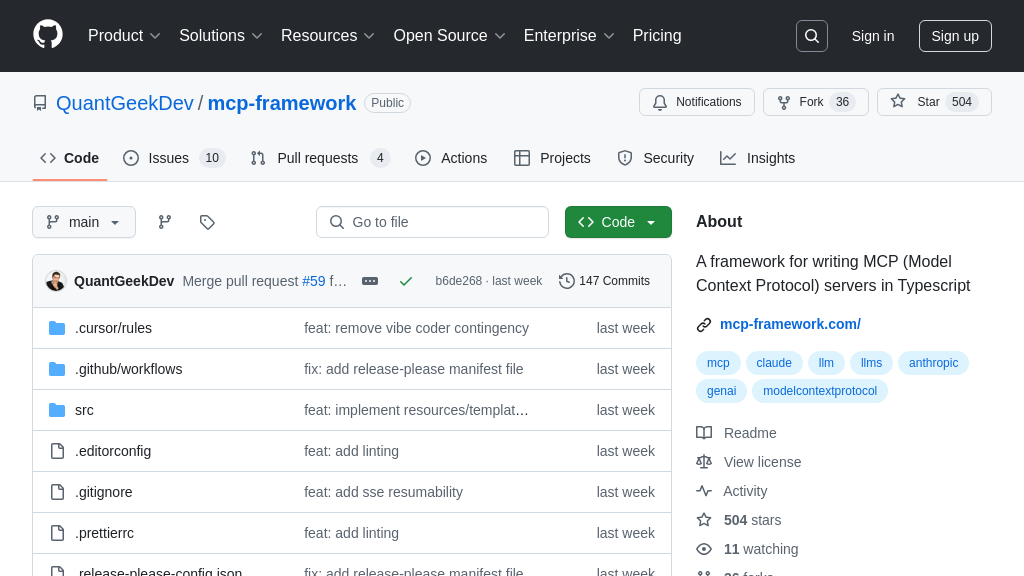
mcp-framework Solution Overview
MCP-Framework is a TypeScript framework designed to streamline the creation of Model Context Protocol (MCP) servers. It offers a pre-defined architecture with automatic discovery of directory-based tools, resources, and prompts, simplifying MCP server development. The framework supports multiple transport mechanisms, including stdio, SSE, and HTTP streams, ensuring seamless integration with AI models.
Key features include a CLI for project creation and management, TypeScript-first development with type safety, and easy-to-use base classes for tools, prompts, and resources. It simplifies the development process by providing a robust foundation for building and deploying MCP servers, allowing developers to focus on creating powerful AI integrations. With built-in features like SSE endpoint authentication and flexible transport configurations, MCP-Framework empowers developers to build robust and secure MCP solutions efficiently.
mcp-framework Key Capabilities
Simplified MCP Server Development
The mcp-framework streamlines the creation of MCP servers by providing a pre-defined architecture and tools. It eliminates the need to set up the underlying infrastructure, allowing developers to focus on implementing the specific logic of their tools, resources, and prompts. The framework offers features like automatic discovery of components, standardized interfaces, and built-in support for multiple transport mechanisms. This reduces boilerplate code and accelerates the development process, making it easier to integrate AI models with external data sources and services.
For example, a developer can quickly create a server that fetches real-time stock prices using a tool, analyzes the data with a prompt, and stores the results in a resource, all within a unified framework. This simplifies the integration of AI models with financial data, enabling applications like automated trading or portfolio analysis. The framework's CLI further simplifies project creation and management.
Automatic Tool, Resource Discovery
This feature automatically detects and loads tools, resources, and prompts from designated directories within the project. This eliminates the need for manual registration and configuration, simplifying the management of MCP components. The framework scans the specified directories, identifies files adhering to the defined structure, and makes them available for use within the MCP server. This dynamic discovery mechanism promotes modularity and simplifies the addition or modification of functionalities.
Imagine a scenario where a data scientist wants to add a new data processing tool to an existing MCP server. By simply placing the tool's code in the designated directory, the framework automatically detects and integrates it, without requiring any changes to the server's core configuration. This simplifies the process of extending the server's capabilities and adapting it to evolving needs. This is achieved through file system monitoring and reflection mechanisms within the framework.
Multi-Transport Support (Stdio, SSE, HTTP)
The mcp-framework supports multiple transport mechanisms, including standard input/output (stdio), Server-Sent Events (SSE), and HTTP streams. This flexibility allows developers to choose the most appropriate transport protocol for their specific use case, optimizing performance and compatibility. Stdio is suitable for local development and simple integrations, while SSE and HTTP streams are better suited for real-time data streaming and web-based applications. The framework provides a unified interface for handling different transport protocols, simplifying the integration process.
For instance, a developer might use stdio for testing a tool locally, then switch to SSE for deploying the server to a web application that requires real-time updates. Alternatively, HTTP streams can be used for scenarios requiring batch processing or resumability. The framework's transport configuration options allow developers to easily switch between different protocols without modifying the core logic of their tools or resources.
CLI for Project Management
The mcp-framework includes a command-line interface (CLI) that simplifies project creation, component management, and deployment. The CLI provides commands for creating new MCP server projects, adding tools, prompts, and resources, and building the server for deployment. This streamlines the development workflow and reduces the need for manual configuration. The CLI also supports options for configuring transport protocols, authentication, and other server settings.
For example, a developer can use the CLI to quickly scaffold a new MCP server project with a pre-defined directory structure and basic configuration. They can then use the CLI to add new tools and resources, and build the server for deployment to a cloud platform. The CLI simplifies the process of setting up and managing MCP servers, making it easier for developers to get started and maintain their projects.
Authentication for Secure Endpoints
The framework offers built-in authentication mechanisms for securing SSE endpoints, including JWT and API Key authentication. This ensures that only authorized clients can access sensitive data and functionalities. Developers can choose the authentication method that best suits their needs and configure it through the framework's options. The framework also supports custom authentication providers, allowing developers to implement their own authentication logic.
Consider a scenario where an MCP server provides access to proprietary data through SSE endpoints. By enabling authentication, the server can verify the identity of clients before granting access to the data, preventing unauthorized access and protecting sensitive information. The framework's authentication features provide a secure foundation for building MCP servers that handle sensitive data and functionalities.
